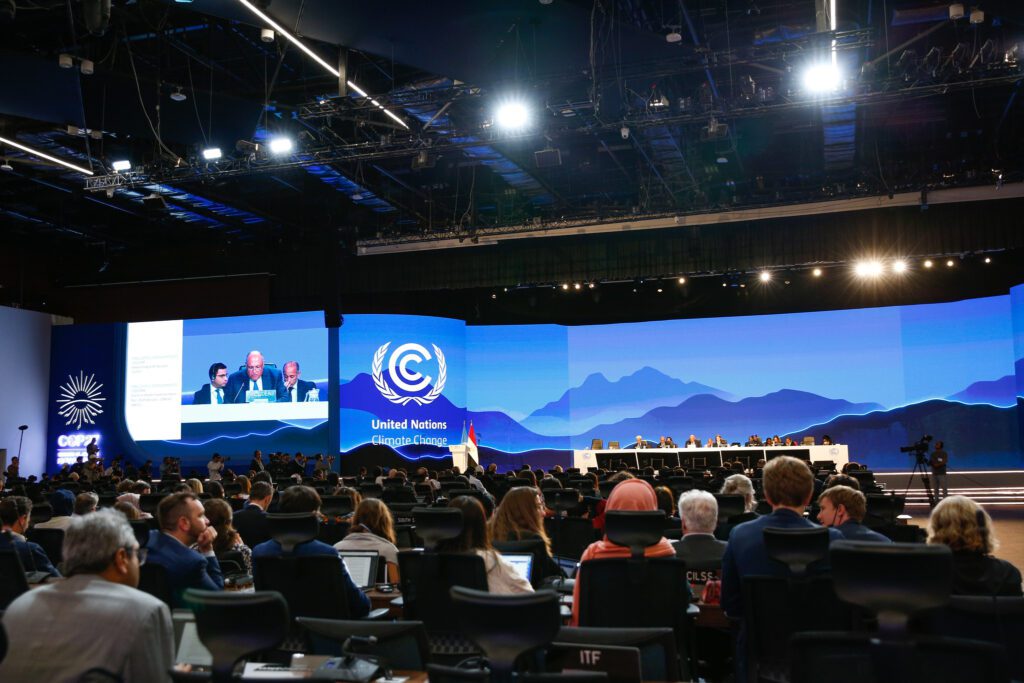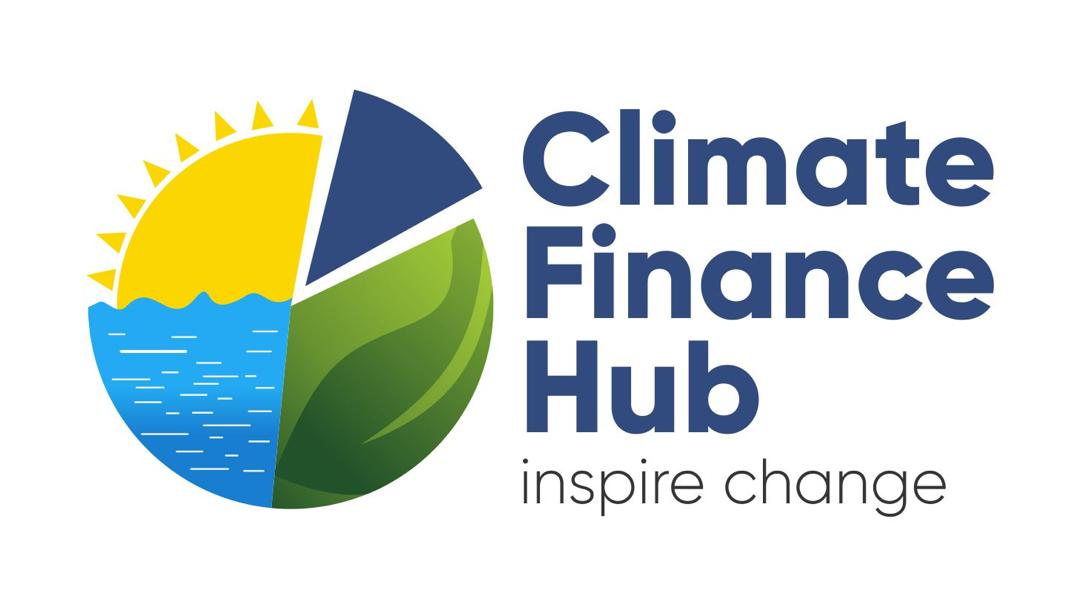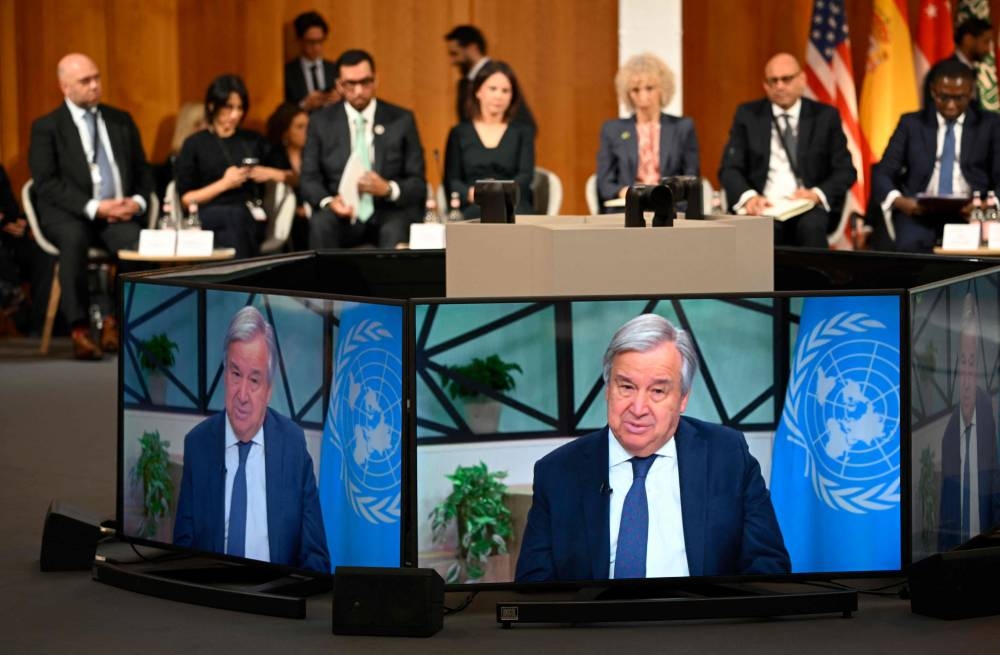As the next UN Climate Conference approaches, global leaders, financial institutions, and environmental advocates are emphasizing the urgent need for a dramatic increase—or “quantum leap”—in climate finance. With the worsening impacts of climate change disproportionately affecting vulnerable communities, the pressure to mobilize substantial financial resources has never been higher. This call to action highlights the significant gap between current funding levels and the investment required to meet global climate goals.
The stakes at the upcoming conference, set to be held later this year, are incredibly high. Countries, especially those most vulnerable to climate-related disasters, are demanding more robust financial commitments from wealthier nations and the private sector to fund mitigation and adaptation efforts. Many experts argue that without this scale-up, the world will fall short of achieving key climate targets, putting millions of lives and the global economy at greater risk.
The Climate Finance Gap: A Pressing Issue Current climate finance flows, while growing, are still inadequate to address the challenges of climate change. According to recent estimates from the United Nations, the world needs to invest at least $4.5 trillion annually by 2030 to keep global temperature rise within the 1.5°C limit set by the Paris Agreement. Yet, despite pledges made at past conferences, the annual climate finance total is still well below $1 trillion.
The “quantum leap” refers to a multifaceted approach, including increased government funding, enhanced private sector participation, and innovative financial mechanisms to unlock capital. Wealthier nations, in particular, are being urged to meet their commitments, including the long-overdue $100 billion annual funding promised to developing countries. These funds are critical to helping nations strengthen resilience, improve infrastructure, and transition to renewable energy sources.
A Focus on Developing Nations Developing countries, particularly those in Africa, Southeast Asia, and the Pacific Islands, are among the hardest hit by climate change yet receive the least climate finance. Leaders from these regions have expressed frustration at the slow pace of financial support and the lack of adequate mechanisms to address loss and damage resulting from climate impacts. Floods, droughts, and rising sea levels are destroying livelihoods, displacing populations, and straining national budgets.
The upcoming UN Climate Conference is expected to center around demands from developing nations for more accessible and substantial financial support. Key areas of focus include funding for climate adaptation, disaster relief, and green infrastructure projects. Calls for the creation of a dedicated “loss and damage” fund to compensate countries for climate-related destruction are also gaining momentum.

Private Sector: An Untapped Potential While public funding is essential, the private sector holds vast potential to drive climate finance to new levels. Global financial markets are increasingly recognizing the importance of climate action, with more investors seeking opportunities in green projects and sustainable development. However, barriers such as high perceived risks, regulatory uncertainty, and insufficient incentives have limited the full mobilization of private capital.
Innovative financing models like blended finance, which combines public and private funds to de-risk investments, and green bonds are among the tools being used to encourage private sector involvement. Furthermore, the development of carbon markets and new financial products aimed at incentivizing climate-friendly investments could accelerate the flow of private capital into climate solutions.
A Pivotal Moment for Global Cooperation With time running out to curb the worst effects of climate change, the upcoming UN Climate Conference presents a pivotal moment for global cooperation on climate finance. Negotiators are expected to explore new mechanisms to scale up funding, ensure accountability for existing commitments, and create pathways for transparent, equitable financial flows to the nations that need it most.
As the world grapples with increasingly severe weather events, rising global temperatures, and environmental degradation, the calls for a quantum leap in climate finance serve as a reminder that addressing the climate crisis requires not just ambition but also real action and investment. The outcomes of this year’s conference will be critical in determining the future trajectory of global climate finance and the collective response to one of the greatest challenges of our time.
The world is watching closely, and the decisions made in the coming months could shape the future of our planet for generations to come.




